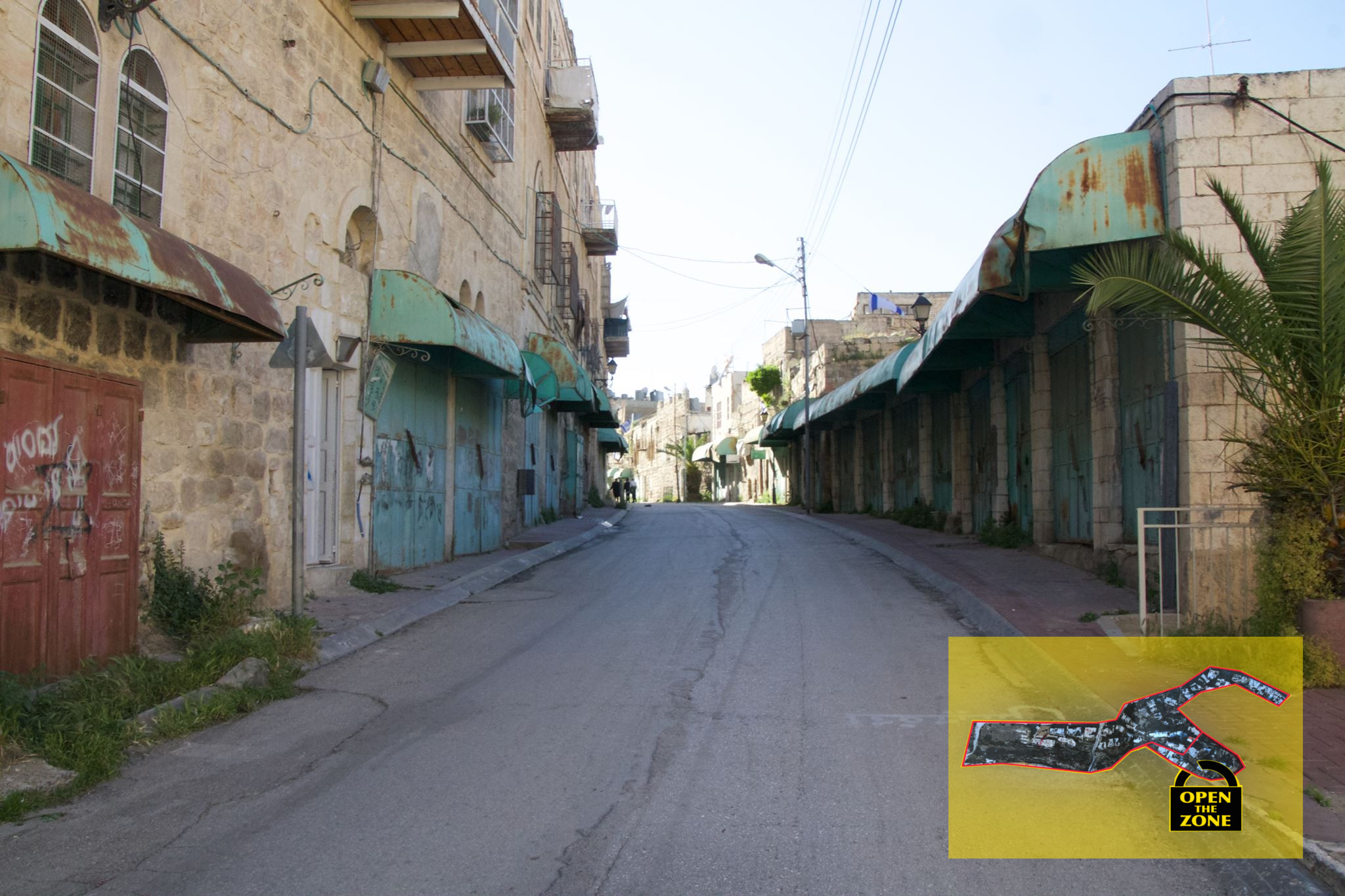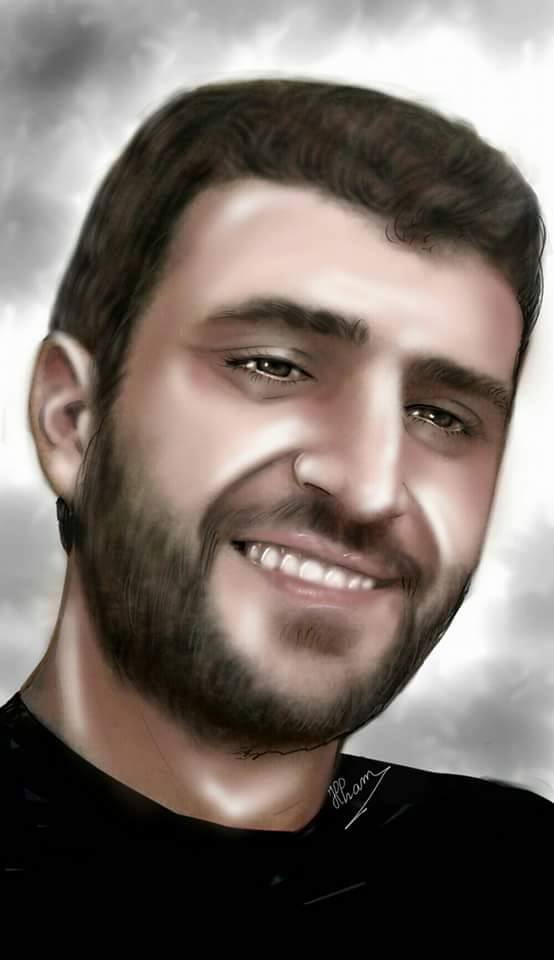Tag: Ethnic Cleansing
-
Take Action: Interview with mother of youngest Palestinian prisoner’s mother
4th June 2016 | International Solidarity Movement, al-Quds – team | Jerusalem, occupied Palestine According to Shadi, a 12 year old boy from Kufr Akab, which is part of Jerusalem but on the Palestinian side of the wall he, together with a friend of the same age decided to sneak over the separation wall that…
-
Apartheid policies in Hebron upheld
2nd June 2016 | International Solidarity Movement, al-Khalil team | Hebron, occupied Palestine Despite the lifting of the closed military zone in Shuhada Street and Tel Rumeida, many restrictions for Palestinians still remain. This neighbourhood is in H2 under full Israeli control in occupied al-Khalil (Hebron). The closed military zone was first declared on 1st…
-
Interview with the wife of the Palestinian prisoner Mohamed Najeeb Nazal, recently kidnaped in an Arab country and handed to Israel
29th May 2016 | International Solidarity Movement, Gaza-team | occupied Palestine Mohamed, 33 years old, is originaly from Qabatia, a Palestinian city located near Jenin, in the occupied West Bank. He lived there until he left Palestine in 2007, after the murder of his brother at the hands of the Israeli occupation and the death…


